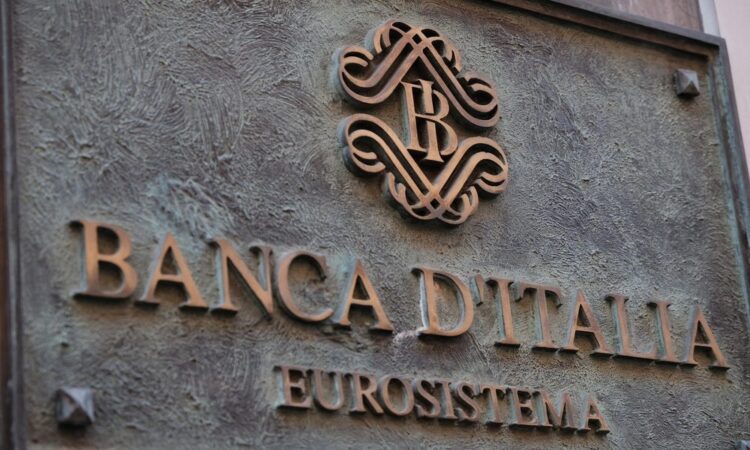
The Bank of Italy has chosen Algorand to serve as its public blockchain platform.
The platform, due to roll out early next year, will be the first time a European Union nation uses blockchain technology for bank and insurance guarantees, Algorand said in a news release Tuesday (Dec. 13).
“It is expected that a significant percentage of bank and insurance guarantees will leverage digital ledger technologies as part of Italy’s National Recovery and Resilience Plan (NRRP),” the release said.
The European Union allocated approximately 200 billion euros ($212.6 billion) to Italy — the most to any country — as part of its COVID-19 recovery plan.
“Blockchain is ideally suited to these types of programs given the technology’s ability to provide fast, efficient, low-cost, and scalable data transactions,” the release said. “Even more importantly, digital ledger technologies help protect against fraud – a known challenge with bank and insurance guarantees.”
PYMNTS profiled Algorand earlier this year as part of our series on blockchain, characterizing it as “an Ethereum-killer, a smart-contract platform that aims to provide a faster, cheaper, more secure, more scalable blockchain transaction.”
But it has several unique features that make it worth a look, we wrote, especially for payments on traditional and decentralized finance (DeFi) projects. Algorand is the brainchild of Silvio Micali, an Italian MIT professor and Turing Award-winning mathematician who specializes in cryptography, secrecy and blockchain.
Earlier this week, PYMNTS spoke with Gary A. Vecchiarelli, CFO at CleanSpark, about the future of blockchain in the real-time business-to-business (B2B) payments sphere.
“It’s an extra step when paying with crypto,” Vecchiarelli said, “but the benefits outweigh that.”
Near-instantaneous or real-time payments (RTP) across the blockchain cost businesses less to process when compared to wiring funds. They also take much less time than waiting for ACH payments to come through.
“The transit is without a doubt better than the current banking system,” Vecchiarelli told PYMNTS. “I push a button and get the crypto, get the confirmation, it’s just as easy as that.”
Vecchiarelli added that he envisions tools being developed to offer different payment methods across all-in-one dashboards as a normal evolution.
“It will be — it already is — most efficient for a company to be able to go to one dashboard and pay multiple bills using one or more methods. I’m very excited about what solutions are going to come out in the next year or two,” he said.
For all PYMNTS Crypto and EMEA coverage, subscribe to the daily Crypto and EMEA Newsletters.
How Consumers Pay Online With Stored Credentials
Convenience drives some consumers to store their payment credentials with merchants, while security concerns give other customers pause. For “How We Pay Digitally: Stored Credentials Edition,” a collaboration with Amazon Web Services, PYMNTS surveyed 2,102 U.S. consumers to analyze consumers’ dilemma and reveal how merchants can win over holdouts.







